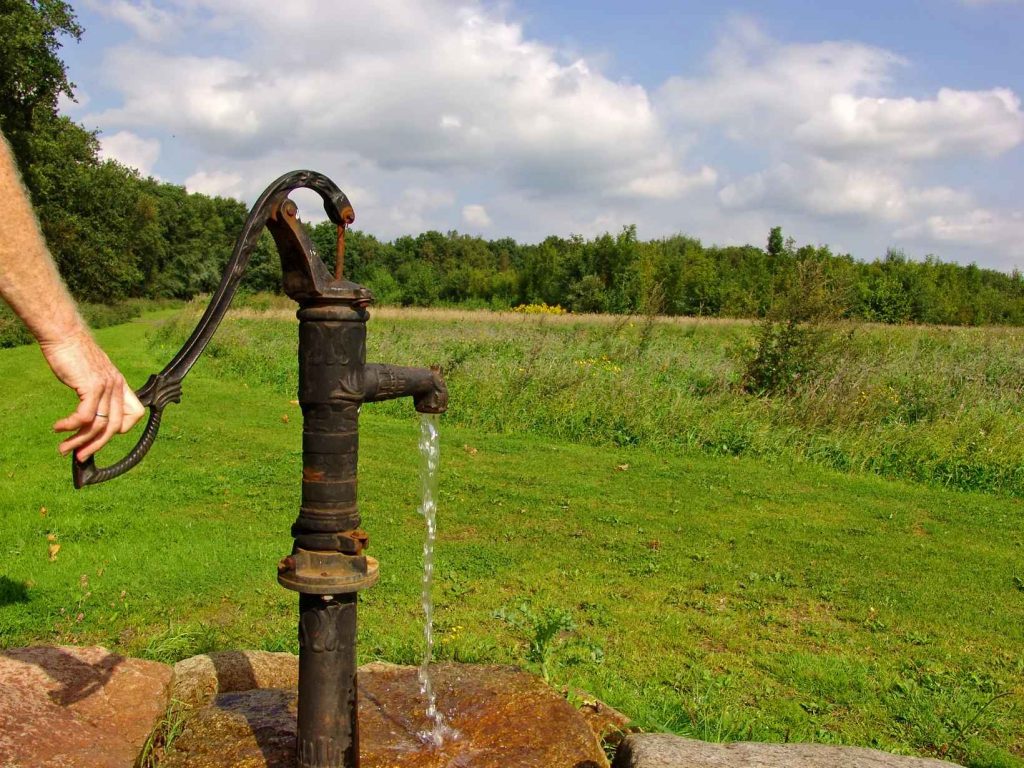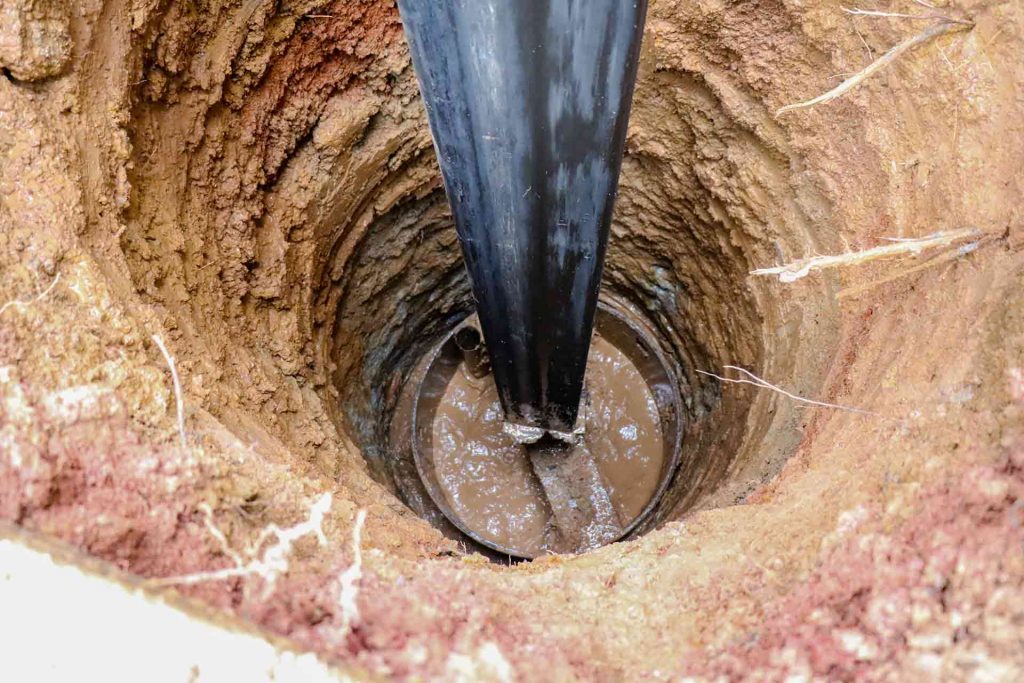Finding a water supply is one of the most important things you need to know when you find yourself in an emergency, like being lost in the wilderness or the desert. Well, probably one of the most positive things about our planet is having a lot of underground water supplies almost everywhere.
There are multiple ways to locate underground water sources, and I will be sharing all of them in my article today, including how to dig a well for drinking water so you’ll have a fresh water supply at any time.

How to Dig a Well for Drinking Water
First, you will have to find the ideal location for your water well; usually, the water sources are located near areas rich in vegetation. Digging the well by hand is the biggest part, so to make it easier, you can use sticks or stones or make your own digging tool.
Start digging the well slowly, and you should notice the moisture in the soil at about three feet in depth. Wait for the water to get clear. Keep reading for a step-by-step guide on how to dig a well.
Digging Well for Drinking Water – Step-By-Step Guide
Step 1. Find a good location
Since we are talking about drinking water, one of the most important things when digging a water well is to choose a location to be as far as possible from septic tanks and other types of contaminants. Now you might be wondering how you find the right location.
Finding underground water source tips
Areas with lush vegetation and a lot of insects can be a good indicator of a water source nearby. Look for groupings of bright green leaves and clusters of expansive vegetation.
One of the most obvious indicators of an underground water source is muddy and damp ground. You have to dig a hole three or more feet deep so you can reach a reasonable amount of water. You might not need to dig deeper since the well will start filling with water. However, digging deeper is better.
Another way to determine whether there is a water source nearby is to look for insects and other animals. Bees need fresh water, so whenever you see a bee, there is a water source around.
The ancient practice, known as “water dowsing”
There is one very interesting practice that’s been used for centuries, which includes using a forked stick that has been used to locate the best underground water supply. What you want to do is look for a stick that looks like a fork or has a “Y” end.
Now, you want to hold the two ends of the sticks at arm’s length from your body. Let them rest flat, and don’t grip them too tightly. Start walking and keep them straight and steady.
Hold the stick pointed upwards at 45 degrees so that you can get a good reading of the area. Once you are coming across the water, the end of the stick will start pointing down.
Step 2. Determine how deep you need to dig
So, when determining how deep the well will be, you’ll need to rely upon your best judgment. From my personal perception, the depth of the well is extremely situational, so it depends on the place where you are digging it. The rule is the deeper you dig, the better water quality you’ll reach.
Read more: How to Find Water in the Mountains

Step 3. Start digging the well
As soon as you find an adequate water source, it’s time to start digging. This can certainly be the most exhausting and laborious part of the entire process; however, once you finish it, you have already completed the main part of the job.
Now, we will be getting a little bit old school here. Digging by hand with a stick or long rock is the first option; however, keep in mind that it will require much time, patience, and effort, depending on the location, so if you get tired, you’ll need to rest often. Sometimes it might take hours and even days in a worst-case scenario.
Depending on the area where you are digging the well, sometimes you might come upon different materials like dirt, coal, clay, and rocks in each layer. In this case, you might need to dig deeper, maybe more than three feet, even up to 15 feet, so you’ll reach the water source.
DIY digging stick
So what you want to do is create a digging stick. Making these sticks sure isn’t rocket science. First, what you want to do is find a hardwood that’s durable. If you are digging a rocky soil, you want the stick to be thinner and have a pointy end so it can weasel the way between pebbles and stones.
Step 4. Wait for the well to fill with water
Once you reach the water source, don’t expect to have drinking water available immediately. You’ll need to wait for some time for the well to get filled with water through the soil.
Step 5. Wait for the water to become clear for drinking
Even if you feel tempted to drink it, I advise you to wait a couple of hours and even overnight so it will get clear from the mud and particles.
Charcoal is the most effective way to purify the water from the well. All you need to do is crush the charcoal and put it in a piece of cloth, then let the water pass through it. This is the most used method to remove sediment, bacteria, and other contaminants so that the water will be safe for drinking.
Maintaining the Well With Clean Drinking Water
After learning how to dig a well for drinking water, you should also learn how to maintain that well.
When you are digging a well, half of the trouble is how to preserve the water clean for as long as possible. You must know that shallow wells are more prone to contamination from above and under the ground. Once the hole fills with water halfway, you’ll need to remove the excessive sediment by scooping the dirty water.
Coyote well water filter
This method requires digging a second smaller well next to the water source. This is a simple concept that will filter the water from the original source. Grab the stick and start digging the well about three feet next to the actual well.
Once it starts filling with water, you’ll notice that it will be a bit muddy at first; however, what you want to do is wait for some time so it will settle down and the mud will settle in the bottom resulting in clearer water.
Also read: How to Purify Salt Water in the Wild
If possible, boil the water
Ideally, I would suggest using the previous method first, and finally, if possible – boil your water. However, it might be a bit difficult if you don’t have a pot. In this case, you can use birch bark or a bamboo tree. Keep in mind not to leave it too long in the fire since it will burn the wood.
